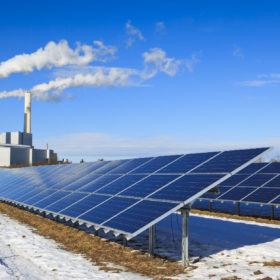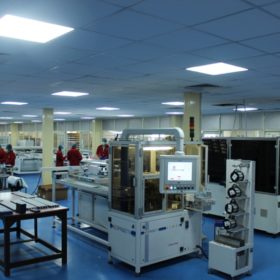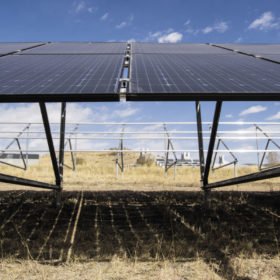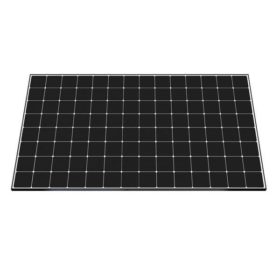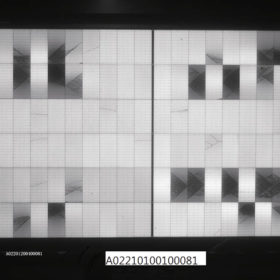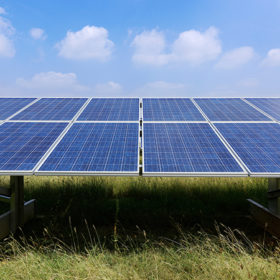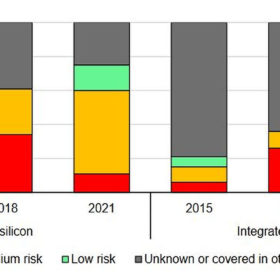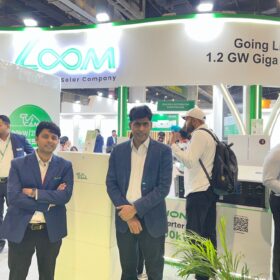Solar power costs continued to fall in 2021, despite rising panel prices
The average global price of solar kilowatt-hours fell 13% on 2020’s prices, as around two-thirds of the renewables capacity installed last year was cheaper than the lowest-cost fossil fuel alternative.
Shipping costs remain key challenge for solar sector
The solar industry will face elevated shipping costs and supply disruptions for at least another year until the global ocean freight system starts to normalize.
Gautam Solar hits 100 MW of DCR solar module sales
The Delhi-based solar manufacturer has supplied 100 MW of modules to projects set up under the Ministry of New and Renewable Energy schemes mandating domestic content requirement (DCR).
Emmvee eyes early-mover advantage with wafer-to-module production
Bengaluru-based Emmvee Photovoltaic has a 1.25 GW module manufacturing facility that can produce polycrystalline and mono PERC solar panels, with the ability to upgrade to TOPCon. By the end of 2023, it will raise its module capacity to 3 GW by adding new units, including 1.5 GW of wafer-to-module capacity. Suhas Donthi, director-sales and operations, spoke to pv magazine about current demand for Indian manufacturers and what’s in store.
NTPC seeks bifacial modules for 735 MW Nokh Solar Park
NTPC will accept the bids to supply bifacial solar modules until July 28. The panels must have a nominal output rating of a minimum 530Wp and a maximum 560Wp.
Energy output is over 100 times the input needed to manufacture solar panels
According to a third-party study, the projected output over the 40-year warranty period of Maxeon solar panels exceeds the energy demand of manufacturing them by over 100-fold. Plus, more details from the Maxeon 2021 sustainability report.
The long read: Structural solar matters
While it comes with clear performance advantages, the move to larger module formats has created plenty of confusion since it began in 2019. As the dust settles and standards emerge, pv magazine caught up with Hongbin Fang, director of product marketing at Longi Solar, to discuss the latest on wafer and cell dimensions.
Perovskite: The disruptive element
Perovskite solar cells have the potential to produce more energy at significantly lower costs than conventional silicon PV cells. Efforts are underway to speed up their commercialization by addressing issues such as limited stability.
Tata Power commits INR 75,000 crore to renewables
Tata Power will invest more than INR 75,000 crore ($9.4 million) by the 2026-27 period to scale up its green businesses, including renewable energy generation and solar manufacturing.
One-third of global PV manufacturing capacity is at medium or high risk of bankruptcy, IEA says
A new report from the International Energy Agency stresses the importance of geographically diversifying the global PV supply chain. This would prevent supply chain vulnerability to bankruptcies and underinvestment.
